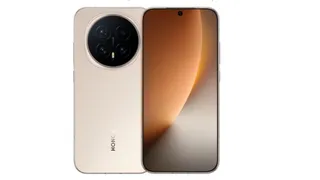- By Prateek Levi
- Thu, 20 Nov 2025 06:05 PM (IST)
- Source:JND
Modern laptop habits have changed. Many users now work, study, stream, code, or design with their machines plugged in from morning to night. For some, the charger never leaves the port. But does this routine actually affect long-term battery health? The answer isn’t a simple yes or no—it depends on how your laptop manages charging and how you handle heat.
How Today’s Laptops Handle Continuous Charging
Most modern laptops ship with built-in safeguards that prevent overcharging. Once the battery reaches full capacity, the system automatically stops feeding power into the cells and switches to running the laptop directly off the adapter. This design keeps immediate damage at bay. Still, lithium-ion batteries have their own chemistry-driven ageing process, and staying at 100 per cent for long stretches can speed up that natural decline. Research published in Physical Chemistry Chemical Physics indicates that lithium-ion cells age more quickly when exposed to high charge levels and elevated temperatures, as the internal structure experiences additional chemical stress.
Heat Is the Hidden Battery Killer
If there’s one factor that consistently accelerates battery wear, it’s heat. Laptops placed on beds, cushions, or laps often trap warmth around the chassis. Combine that with demanding workloads—gaming, rendering, editing—and you get a battery exposed to higher temperatures while also sitting at full charge. This double hit gradually affects long-term performance. Keeping the machine on a stable, ventilated surface is one of the easiest ways to keep temperatures in check.
Recommended For You
Why Charge Limits and Care Modes Matter
Many laptop brands now include battery conservation modes that cap charging around 80 per cent. This keeps the battery in a healthier range. Experts commonly recommend staying roughly between 40 per cent and 80 per cent for optimal longevity. Occasional unplugging can still help with calibration, but it’s not a requirement for people who mostly work at a desk.
When Staying Plugged In Makes Sense
For long sessions of video calls, development work, design tools, or general productivity, staying plugged in is perfectly normal—provided the laptop stays cool. Clear airflow, proper placement, and periodic cleaning of vents help maintain temperature balance and reduce long-term strain.
Smart Habits for Healthy Batteries
-Place the laptop on a firm surface.
-Use built-in battery care or conservation settings.
-Avoid heavy workloads on soft surfaces.
-Let the battery discharge occasionally.
-Keep vents dust-free.
-Avoid storing the laptop at full charge for long periods.
Modern laptops are built to handle continuous charging, but heat and sustained full charge levels still influence how quickly batteries age. With a few simple adjustments, users can stay plugged in without significantly compromising long-term battery health.


-1763650698308_m.webp)


